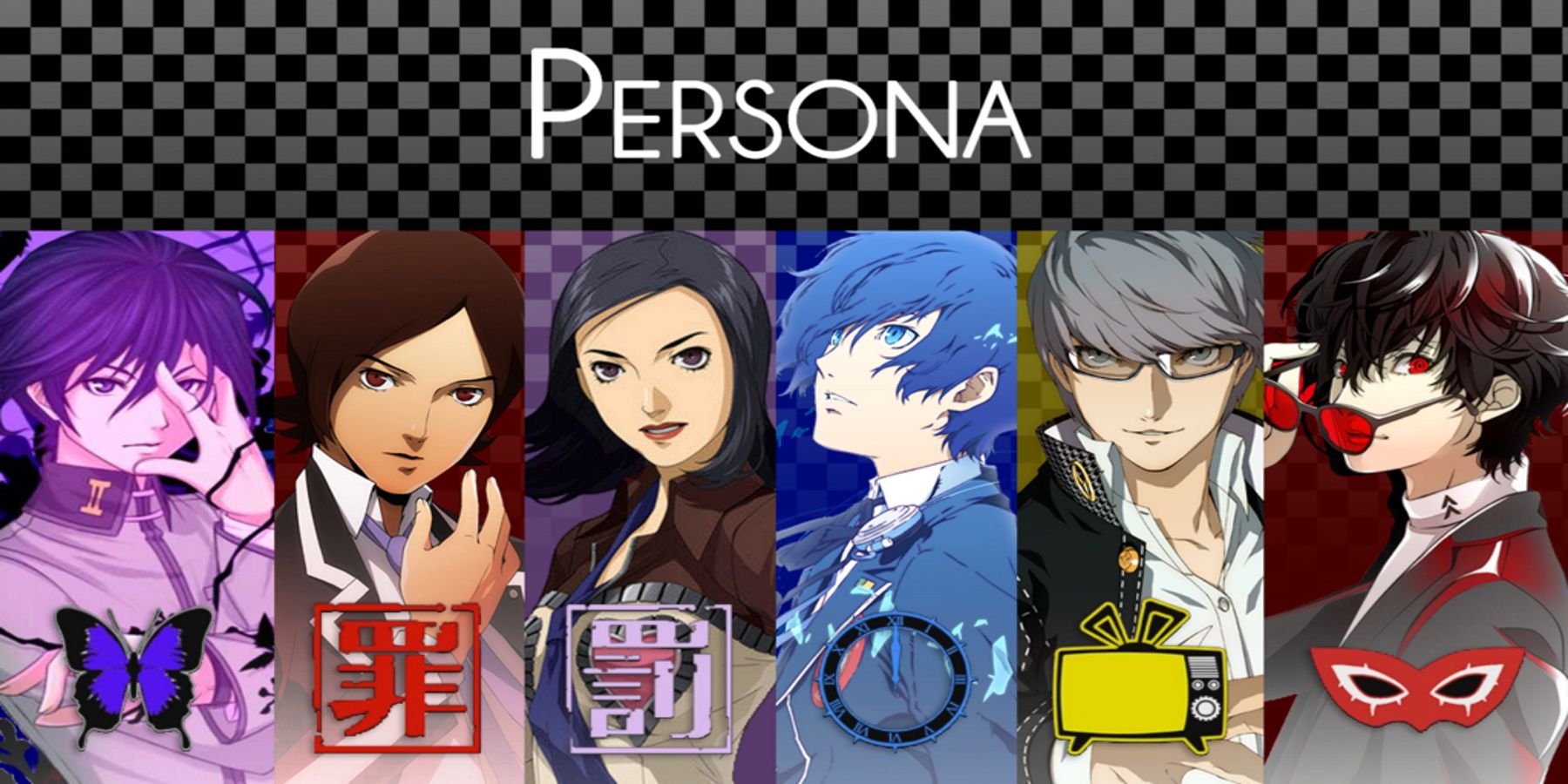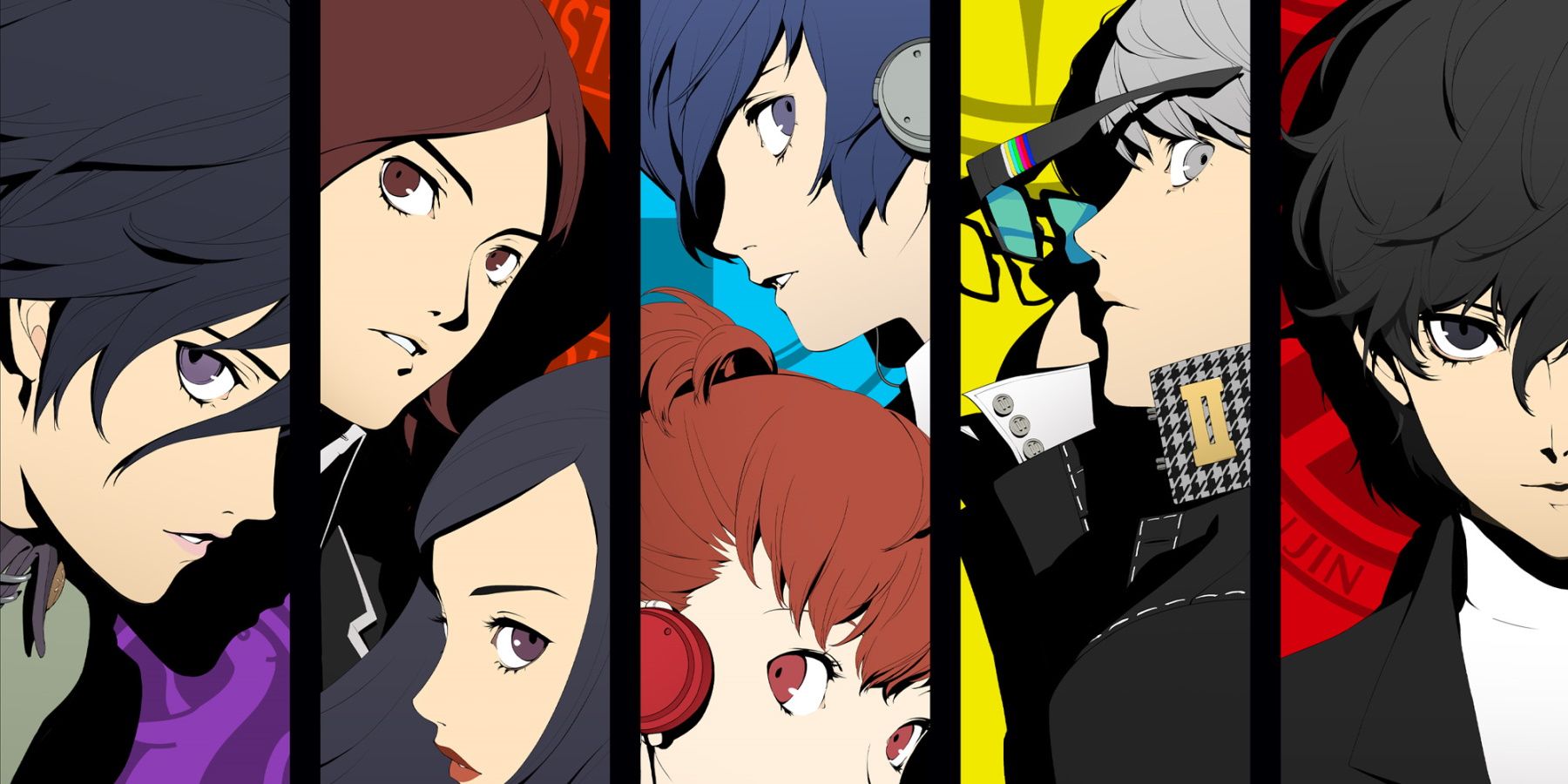Within the realm of art, color plays a major role, with entire theories being developed around humans’ relationship with colors, how each color is perceived, and how color palettes affect the mood of a person or environment. This practice also extends to video games, especially those with more developed storylines. Atlus’ flagship series Persona is a shining example of color motifs in games.
Persona is known for its use of symbolism that has roots in real myths, artistic theories, and even psychology. The series’ very premise would not be possible without Jungian interpretations of the human mind, and the countless mythological creatures and characters from Japan, Scandinavia, Egypt, and elsewhere. The series uses color to convey emotions and themes, with each game having its own signature color palette that ties into its story.
Colors and Mood in Persona
Persona games have recurring elements, but every one stands out on its own. Each story has a prominent tone that influences its worldview, and thus the player’s own perception of the world. The original Persona might be jarring for newcomers due to how different it is from anything the series has to offer after Persona 3. The second one can potentially overwhelm new fans too, but not as much. Because of Persona 3’s role in the “series revival,” the role of color in the first two Persona games is seldom brought up.
However, the original duology contrast each other. The first Persona is associated with light shades of purple, while Persona 2 is mostly associated with red. Purple can evoke romantic and nostalgic feelings, meanwhile red is a color that evokes strong emotions, fitting for the Persona game that introduces Shadow Selves - all about a person’s deepest issues and how they feel about them.
Persona 3 has a very strong blue in its palette, which is also reflected in the male protagonist’s hair. Persona 3, especially compared to its successors, is much gloomier. Blue is often associated with depression and melancholy, and this is especially the case with darker shades of blue. Not only is the game “edgier” than either its predecessors or successors, but the story’s events are also more bittersweet. Most of the characters either lost loved ones or lose one over the course of the story. The stakes seem to be overall stronger due to the nature of the Dark Hour and S.E.E.S. as an organization.
Persona 4 is represented by yellow, by far the brightest choice for a motif since the original Persona. Although Persona 4 is a murder mystery that covers topics like the objectification of teen idols and workplace misogyny, features the temporary death of a child, and has an antagonist that is essentially a sexual predator, it is arguably the most upbeat and optimistic of the Persona games.
The main characters’ personal issues do not reach the level of macabre that characters from other games have to endure. Persona 4’s music, especially the tracks that play during events like Social Links, complement this sunny pattern. To contrast with Persona 3, Persona 4’s ending is probably the happiest in the series, further emphasizing the positive energy brought by its yellow motif.
Persona 5 brings back the red from Persona 2, adds black to the palette, and gives it its own spin. Red is a flashy color that signifies passion, excitement, and anger. Black is associated with the dark and the shadows. Not only does Persona 5’s color scheme round out the primary colors for modern Persona games, it perfectly represents the main characters’ roles.
All the main characters are emotionally invested in their passions, but they are simultaneously frustrated - if not outraged - at the alienating society they inhabit. In addition to complementing red, black represents the Phantom Thieves as a group of vigilantes. They track targets in their mind, away from the “real” material world, as if they were in the shadows. Persona 5’s color palette represents how hidden, but emotionally invested the Phantom Thieves are.
Color palettes in Persona games have become more prominent over the years. Persona 6 will likely have similar motifs, and players are interested in what kind of mood the next installment will evoke. There are many colors to choose from, and Persona has plenty of moods left to explore.
Persona 6 is in development.


